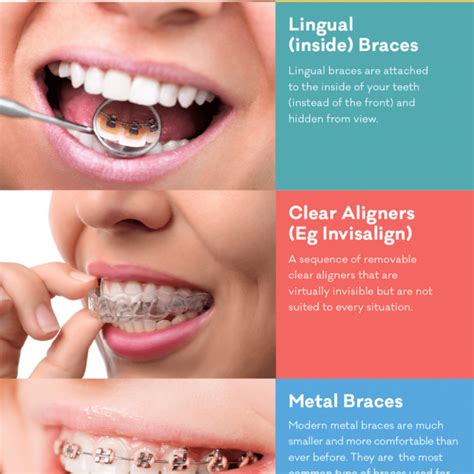How to Keep Your Teeth Straight Without the Hassle of a Retainer
Achieving a straight, confident smile is a goal many strive for. Orthodontic treatment, like braces or Invisalign, often leads to beautifully aligned teeth, but the journey doesn't end there. Retainers, while crucial for maintaining those results, can be cumbersome and inconvenient. Many wonder: is it possible to keep teeth straight without the constant hassle of a retainer? The answer is nuanced, and it depends on several factors, including the severity of your initial misalignment and your commitment to diligent oral hygiene and aftercare.
While completely eliminating the need for any retention after orthodontic treatment is generally unrealistic, there are strategies to minimize reliance on traditional retainers and maintain a straighter smile.
What Happens if You Don't Wear a Retainer?
Before exploring alternatives, let's address the elephant in the room. Neglecting retainer wear after orthodontic treatment significantly increases the risk of teeth shifting back to their original positions. This relapse can be gradual, but over time, it can lead to a noticeable change in your smile's alignment. The severity of relapse depends on several factors, including the type and duration of your orthodontic treatment, your age, and the initial severity of your misalignment.
Can I Keep My Teeth Straight Without a Removable Retainer?
Completely avoiding any form of retention is rare and generally not recommended by orthodontists. However, minimizing the need for a traditional removable retainer is possible through a combination of approaches:
1. Permanent Retainers:
This is the closest you can get to eliminating the need for removable retainers. Permanent retainers are thin wires bonded to the back of your teeth, usually on the lower arch. They provide constant, subtle pressure to help prevent shifting. While they require diligent cleaning to avoid plaque buildup, they eliminate the daily hassle of putting in and taking out a removable appliance.
2. Improved Oral Hygiene:
Maintaining impeccable oral hygiene is crucial, regardless of whether you wear a retainer. Regular brushing (twice daily with fluoride toothpaste), flossing, and professional cleanings help to keep your teeth and gums healthy, preventing periodontal disease which can affect tooth positioning. A healthy periodontal environment contributes to stable tooth alignment.
3. Regular Orthodontic Check-ups:
Even with a permanent retainer or meticulous oral hygiene, regular check-ups with your orthodontist are essential. These visits allow your orthodontist to monitor your teeth's position and address any minor shifting before it becomes a significant problem. Early detection and intervention can prevent extensive relapse.
4. Teeth Grinding Treatment:
Bruxism, or teeth grinding, can exert considerable force on your teeth, potentially leading to misalignment. Addressing bruxism through treatments like mouthguards or stress management techniques can protect your teeth and contribute to long-term stability.
How Long Do Teeth Take to Shift After Braces Without a Retainer?
The timeframe for teeth shifting after braces without a retainer varies greatly depending on individual factors. Some individuals might see noticeable changes within months, while others may experience more gradual shifts over years. It's crucial to understand that even minor shifts can compromise the results of your orthodontic treatment.
What Are the Alternatives to Retainers After Braces?
While completely eliminating retainers isn't usually feasible, the alternatives discussed above significantly reduce the reliance on traditional removable retainers. Permanent retainers offer continuous stabilization, while improved oral hygiene and regular check-ups contribute to long-term stability.
Conclusion: Maintaining Your Straight Smile
Keeping your teeth straight after orthodontic treatment requires a proactive approach. While eliminating retainers entirely is generally not recommended, you can minimize their use and maximize the longevity of your straight smile through a combination of permanent retainers, excellent oral hygiene, regular check-ups, and proactive management of conditions like bruxism. Discuss your options with your orthodontist to develop a personalized retention plan that best suits your individual needs and lifestyle. Remember, maintaining a healthy smile is an ongoing commitment.

